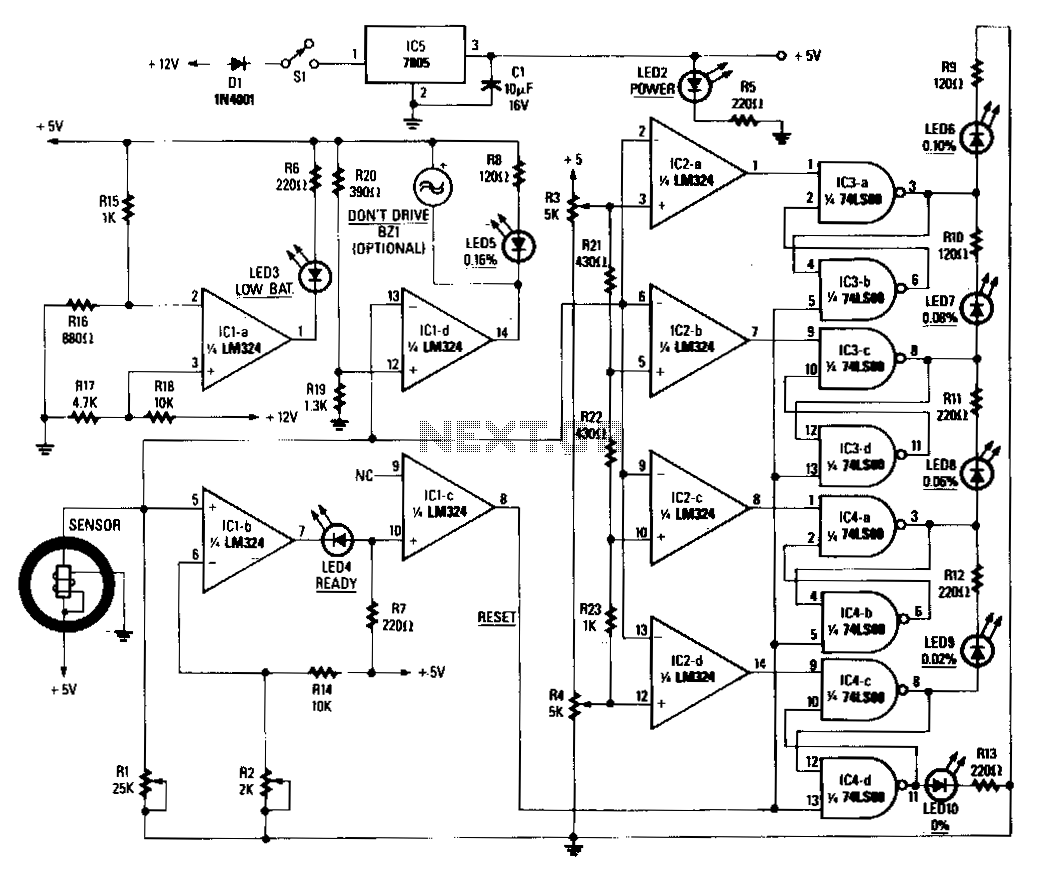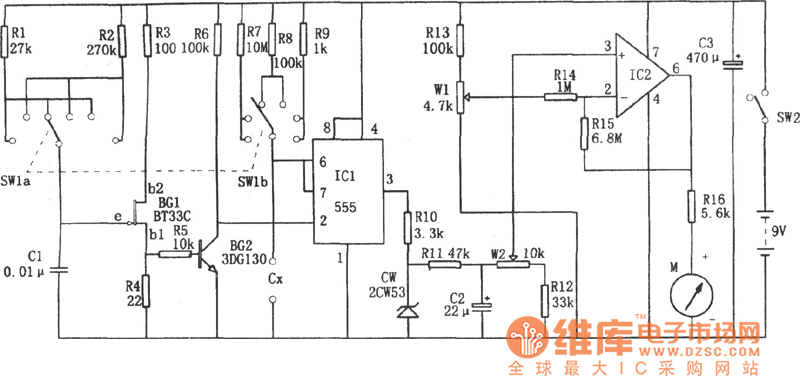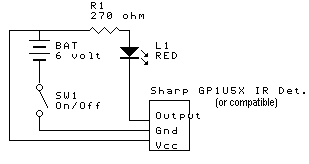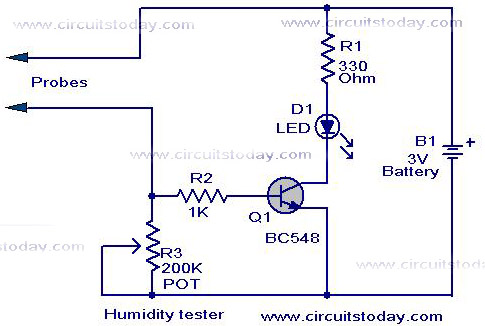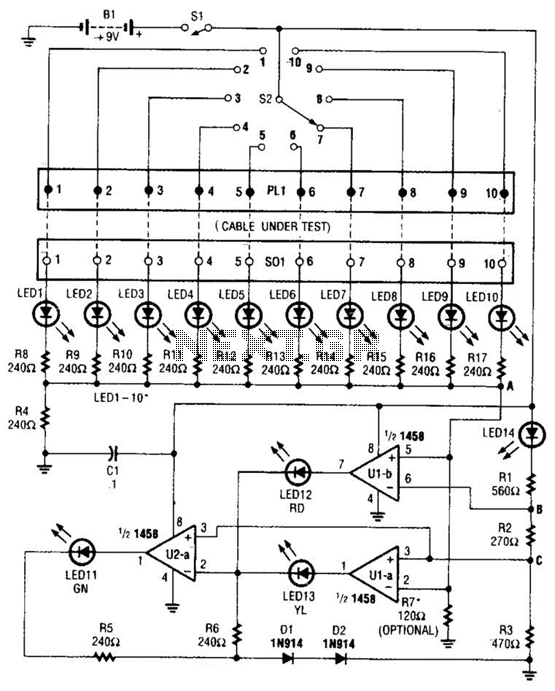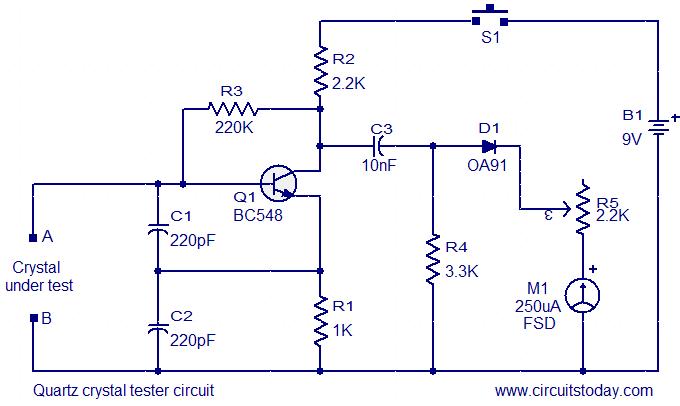
mosfets tester
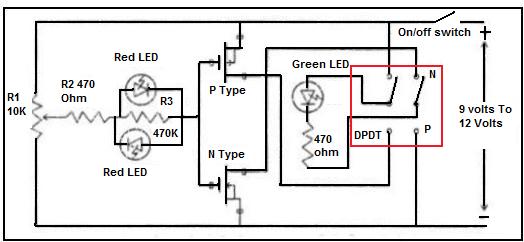
Field-effect transistors (FETs) are integral components found in various applications such as power sections, LCD inverters, uninterruptible power supplies (UPS), amplifiers, monitor B+ circuits, and ATX power supplies. When a FET fails, it is essential to use a meter to determine its condition, checking for short circuits, open circuits, or leakage. Testing can be performed with standard multimeters or specialized FET testers such as the Peak Atlas Tester, Sencore Cricket Tester, and B & K transistor tester. Specialized testers, although more expensive, can automatically identify the FET pins (gate, drain, or source), whereas a standard multimeter requires manual identification of these pins. If the pin configuration is unknown, it can be referenced from datasheets or online resources. IC sockets are recommended for securely holding the FET during testing, utilizing three pins for the gate (G), drain (D), and source (S). Separate sockets are designated for N-channel and P-channel FETs, with a double-pole double-throw (DPDT) switch facilitating mode switching between the two types. A notable advantage of this testing setup is that it minimizes the risk of accidental contact between fingers and pins, which is a common issue when using a multimeter directly on small FETs (TO-92 case). If a FET is shorted, one of the red LEDs will illuminate. To confirm the FET's functionality, the potentiometer can be adjusted to maximum; if the red LED remains off, the FET is likely in good condition. Conversely, a green LED will light up for a functioning FET.
Field-effect transistors (FETs) play a crucial role in various electronic systems, functioning as switches or amplifiers in circuits. Their operation relies on voltage control, making them ideal for applications where efficiency and speed are paramount. The testing process for FETs is vital for ensuring reliability in electronic devices. When a FET is suspected to be faulty, the testing method employed can greatly affect the accuracy of the diagnosis.
Standard multimeters can measure resistance and voltage, but they may not provide sufficient detail when it comes to assessing FET functionality. Specialized FET testers offer advanced features, including automatic pin identification and dedicated testing modes for different FET types, streamlining the testing process. These testers often include visual indicators, such as LEDs, to provide immediate feedback on the FET's condition, simplifying the troubleshooting process.
The use of IC sockets during testing serves to enhance the reliability of the measurements. By securely holding the FET in place, the sockets not only reduce the likelihood of accidental shorting but also allow for easier handling, especially in tight spaces where precision is essential. The inclusion of a DPDT switch in the design allows for quick transitions between testing modes, accommodating different FET types without the need for extensive reconfiguration.
In summary, the effective testing of FETs is critical in maintaining the functionality of electronic devices. By utilizing specialized testers and incorporating IC sockets, the testing process becomes more efficient and reliable, leading to more accurate assessments of FET health and performance.FETs can be found in the power section, LCD inverter, UPS, Amplifier, Monitor B+ and S-correction circuit, ATX power supplies and etc. When this component fails, one has to use a meter to test it to check if it is good, shorted, openor leaky.
The meters can be a normal multimeter, specialize FET tester like the Peak Atlas Tester, Sencore Cricket Tester, B & K transistor tester and etc. The specialize testers are expensive and most of it could helps you to automatically identify the pins of the FET (gate, drain or source). If you use a normal multimeter, you have to identify the pins on your own. Assuming if you do not know the pin out of the FET, you can always check from the data book or even from the internet.
If you want more information about FETs, you can click HERE to visit Wikipedia website. The IC sockets are good for holding the FET during testing time. We use just three pins of each socket for the Gate (G), Drain (D) and Source (S). One socket is for N-CHANNEL FET and the other one for P-CHANNEL FET. The DPDT switch is good for changing the mode of tester from testing N to P-CHANNEL FET. Another advantage of this tester is that if you have been using multimeter to test on FETs, you will find that our hands is too big for the small FET pins (TO- 92 Case). Thus by inserting the small FETs into the IC socket, you will eliminate the error of one finger touching on another pin during testing time using the multimeter.
If the FET is shorted one of the red LED will lit. In order to confirm that the FET under test is good even if you increase the potentiometer to maximum the red LED should not lit otherwise the FET is bad or leaky. For a good FET the green LED will light up. 🔗 External reference
Field-effect transistors (FETs) play a crucial role in various electronic systems, functioning as switches or amplifiers in circuits. Their operation relies on voltage control, making them ideal for applications where efficiency and speed are paramount. The testing process for FETs is vital for ensuring reliability in electronic devices. When a FET is suspected to be faulty, the testing method employed can greatly affect the accuracy of the diagnosis.
Standard multimeters can measure resistance and voltage, but they may not provide sufficient detail when it comes to assessing FET functionality. Specialized FET testers offer advanced features, including automatic pin identification and dedicated testing modes for different FET types, streamlining the testing process. These testers often include visual indicators, such as LEDs, to provide immediate feedback on the FET's condition, simplifying the troubleshooting process.
The use of IC sockets during testing serves to enhance the reliability of the measurements. By securely holding the FET in place, the sockets not only reduce the likelihood of accidental shorting but also allow for easier handling, especially in tight spaces where precision is essential. The inclusion of a DPDT switch in the design allows for quick transitions between testing modes, accommodating different FET types without the need for extensive reconfiguration.
In summary, the effective testing of FETs is critical in maintaining the functionality of electronic devices. By utilizing specialized testers and incorporating IC sockets, the testing process becomes more efficient and reliable, leading to more accurate assessments of FET health and performance.FETs can be found in the power section, LCD inverter, UPS, Amplifier, Monitor B+ and S-correction circuit, ATX power supplies and etc. When this component fails, one has to use a meter to test it to check if it is good, shorted, openor leaky.
The meters can be a normal multimeter, specialize FET tester like the Peak Atlas Tester, Sencore Cricket Tester, B & K transistor tester and etc. The specialize testers are expensive and most of it could helps you to automatically identify the pins of the FET (gate, drain or source). If you use a normal multimeter, you have to identify the pins on your own. Assuming if you do not know the pin out of the FET, you can always check from the data book or even from the internet.
If you want more information about FETs, you can click HERE to visit Wikipedia website. The IC sockets are good for holding the FET during testing time. We use just three pins of each socket for the Gate (G), Drain (D) and Source (S). One socket is for N-CHANNEL FET and the other one for P-CHANNEL FET. The DPDT switch is good for changing the mode of tester from testing N to P-CHANNEL FET. Another advantage of this tester is that if you have been using multimeter to test on FETs, you will find that our hands is too big for the small FET pins (TO- 92 Case). Thus by inserting the small FETs into the IC socket, you will eliminate the error of one finger touching on another pin during testing time using the multimeter.
If the FET is shorted one of the red LED will lit. In order to confirm that the FET under test is good even if you increase the potentiometer to maximum the red LED should not lit otherwise the FET is bad or leaky. For a good FET the green LED will light up. 🔗 External reference
